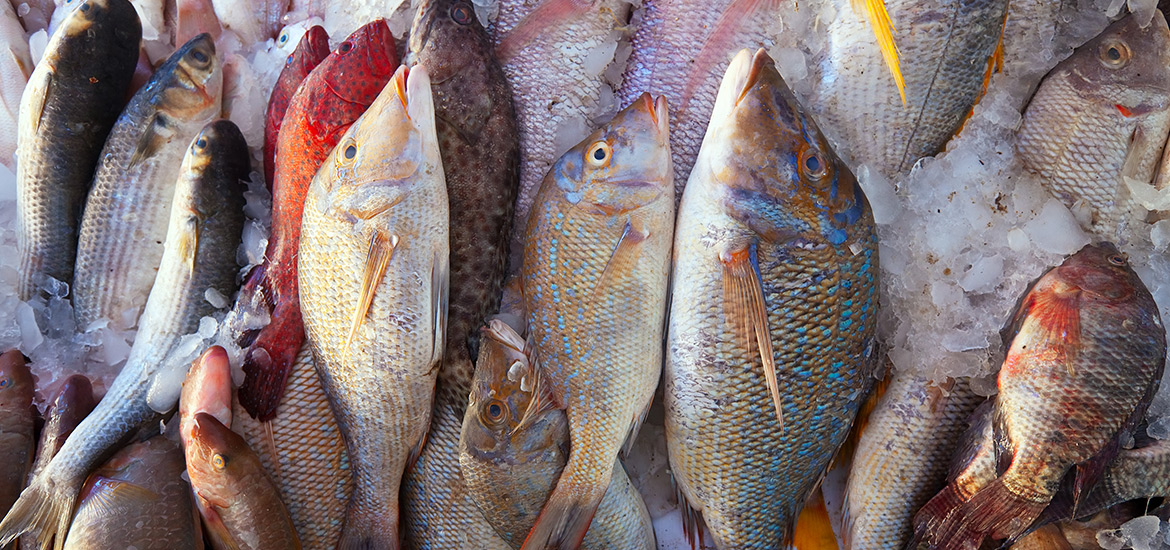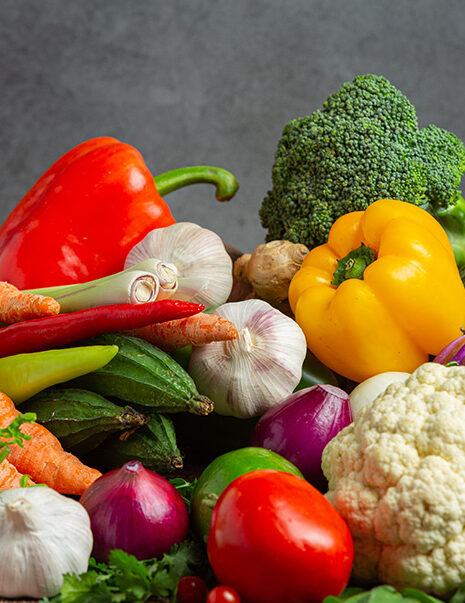SALTED, PRESERVED FISH & SEAFOOD
Seafood, edible aquatic animals, excluding mammals, but including both freshwater and ocean creatures. Most nontoxic aquatic species are exploited for food by humans. Even those with toxic properties, such as certain blowfish, can be prepared so as to circumvent harm to the consumer.
Fish and other seafood may be humanity’s most important food, after cereals, furnishing about 15 percent of the world population’s protein intake. Lean fish muscle provides 18–25 percent protein by weight, the equivalent of beef or poultry, but is much lower in calories. In fish one gram of protein is present for 4 to 10 calories, as contrasted with 10–20 calories per protein gram for lean meats and up to 30 for fatty meats.
The most commercially important ocean fish are species of salmon, herring, codfish, flatfish (flounder, sole, halibut, turbot), redfish (ocean perch), jack mackerel, tuna, mackerel, and sardine. Major species of freshwater fish are carp, eel, trout, whitefish, pike, pike perch, and catfish. The catch ranges in size from whitebait and baby eels, both about 5 cm (2 inches) long, to bluefin tuna, up to 4.3 metres (14 feet) in length.
Because fish spoils quickly and is thus highly perishable, for most of history the majority of the catch has been dried, smoked, salted, pickled, or fermented when not eaten fresh. Even when these practices are no longer strictly necessary for preservation, the distinctive alterations in taste that they produce have cultivated a continuing demand for fish preserved in these ways.









